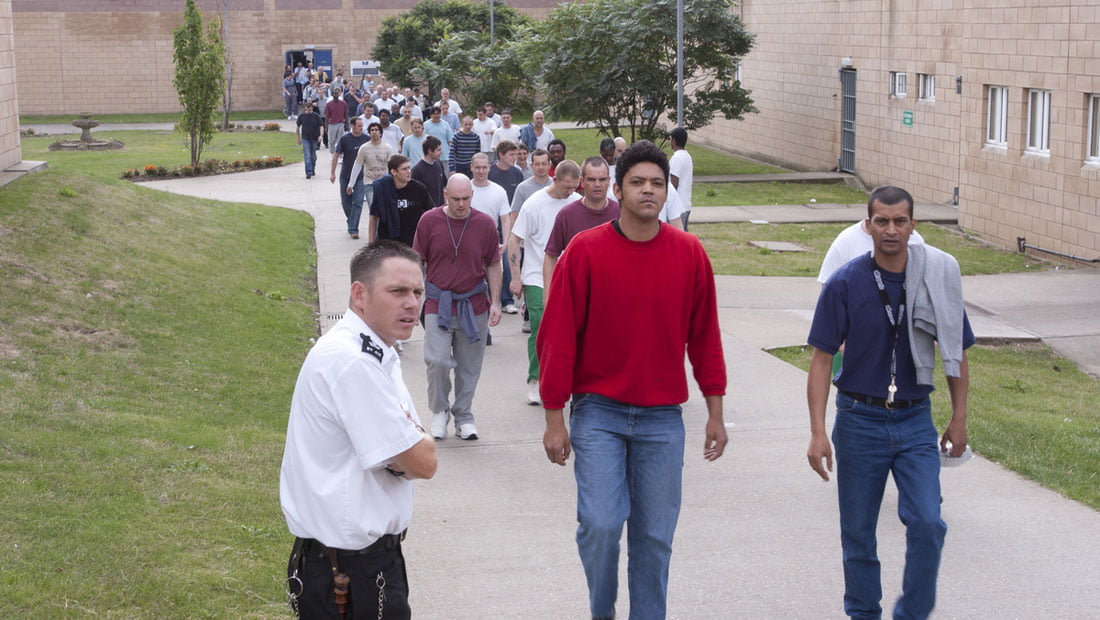Prison Population Projection
Earlier this week, the MoJ published its five year projection for the likely prison population between now and 2019. The MoJ does this every year, normally using a range of different scenarios. The previous projection (published in November 2012) predicted that the prison population in June 2013 would be:
- Scenario 1 83,000 or
- Scenario 2 84,600 or
- Scenario 3 86,500
It turned out to be 83,843 – pretty much the midpoint between Scenarios 1 and 2 and a reduction of 2,206 or 2.6% from the previous June.
Historical trends
The current projection includes a helpful historical overview of recent trends in the prison population. It identifies three main periods over the past 20 years.
1993 – 2008 Rapid increase in prison numbers (an average of 4% per year). This was due to four main reasons:
- More people sentenced to increased custody
- An increase in the average length of sentence.
- Increased use of indeterminate sentences.
- More people recalled to prison following breach of their licences.
2008 – 2011 The rising prison population slowed considerably partly because of the 2008 Criminal Justice and Immigration Act (although there was then a sudden temporary upsurge in prison numbers after the August 2011 riots).
2012 – 2013 The prison population began to fall due to a falling remand population and a continued decline in the number of under 18’s in custody. The falling remand population reflected falling volumes of offenders going through the courts.
Modelling methodology
The MoJ explains that its methodology for predicting future prison populations is based on the same approach used in the previous year and takes into account the following key variables:
- Time series projections of the number of defendants entering the criminal courts (taking into account their age, gender and offence).
- The flow of cases through the courts.
- The sentences passed on these cases.
- The proportion of released prisoners who are recalled because of a breach of licence.
The MoJ then modelled future changes using three projected scenarios:
- Scenario 1 assumes that the decreasing trend in numbers before the courts doubles and that the average length of sentence also decreases.
- Scenario 2 assumes that recent trends in numbers before the court will continue and the average length of sentence remains unchanged.
- Scenario 3 assumes that the recent decreasing trends will be reversed and the average length of sentence will also increase.
The three scenarios lead to the following possible results:
There will be 77,300, 81,800 or 86,600 people in prison in June 2019.
The impact of Transforming Rehabilitation
However, one key component which seems to be excluded from these calculations is the likely impact of the Transforming Rehabilitation reforms. Many expert witnesses who contributed to the recent House of Commons Justice Select Committee report expressed their concerns that TR would increase prison numbers through two main causes:
- Firstly, magistrates would be reassured that all short-term prisoners would now receive supervision and support on release and would therefore make more custodial sentences as a way of both imposing punishment and affording the opportunity for rehabilitation.
- Secondly, a proportion of those short-term prisoners receiving new mandatory supervision would not comply with their requirements and would therefore be recalled to prison.
Of course, the purpose of TR is to reduce reoffending and the MoJ is confident that the new probation system will have a substantial impact on reducing reoffending in the medium to long-term.
On reflection, it seems only reasonable that the MoJ could not develop a sufficiently robust model which would include not only all the changes envisaged by TR but also the unknowable reactions of sentencers in both Magistrates’ and Crown Courts.
It will be particularly interesting to see whether the MoJ needs to include more than three modelling scenarios in its prison population projections over the next few years.
Many thanks to photographer Mark Harvey for permission to use the image at the top of this post. You can see his work at the Social Issues Library.





